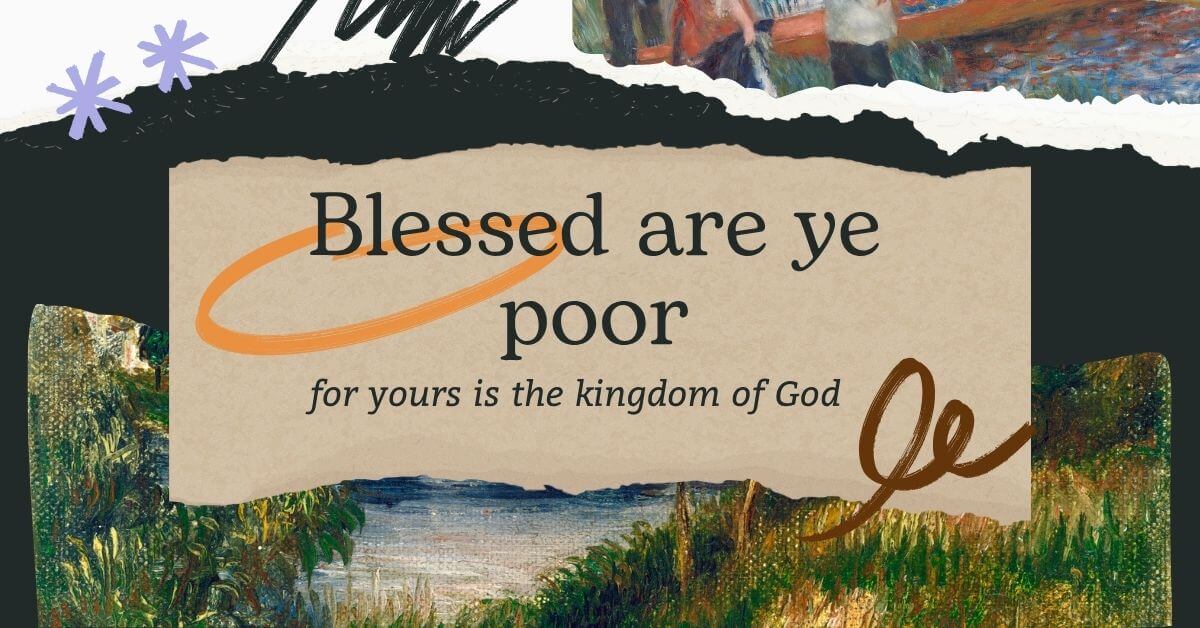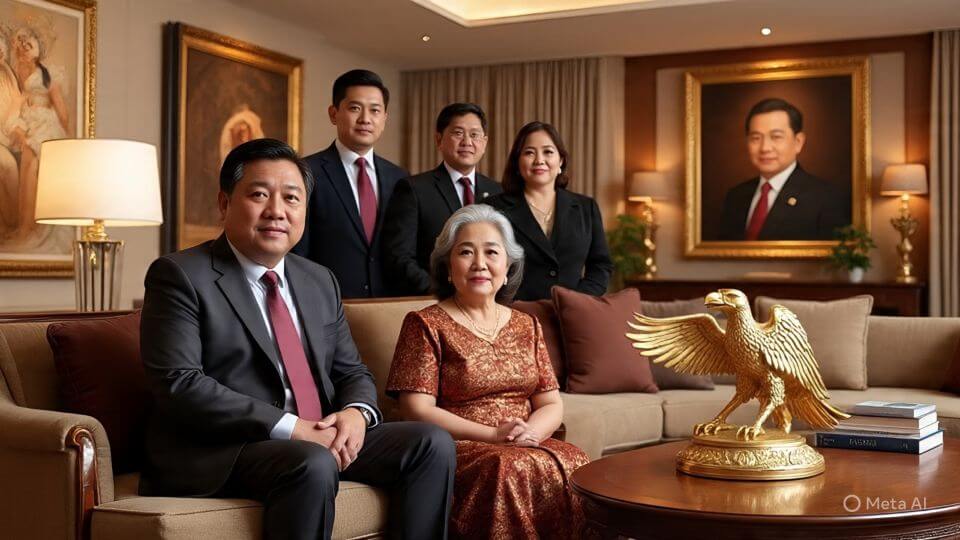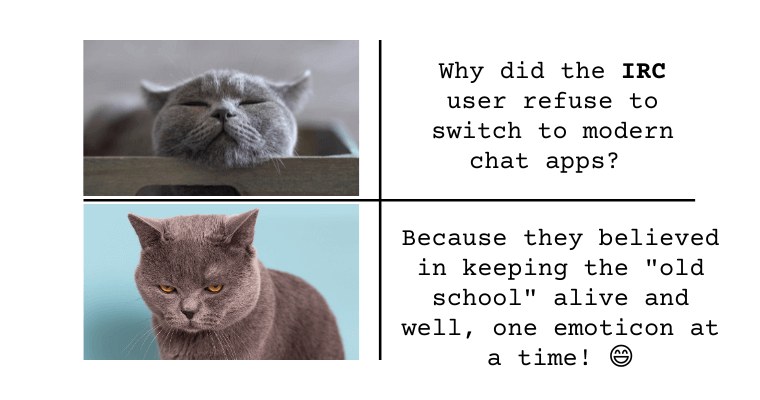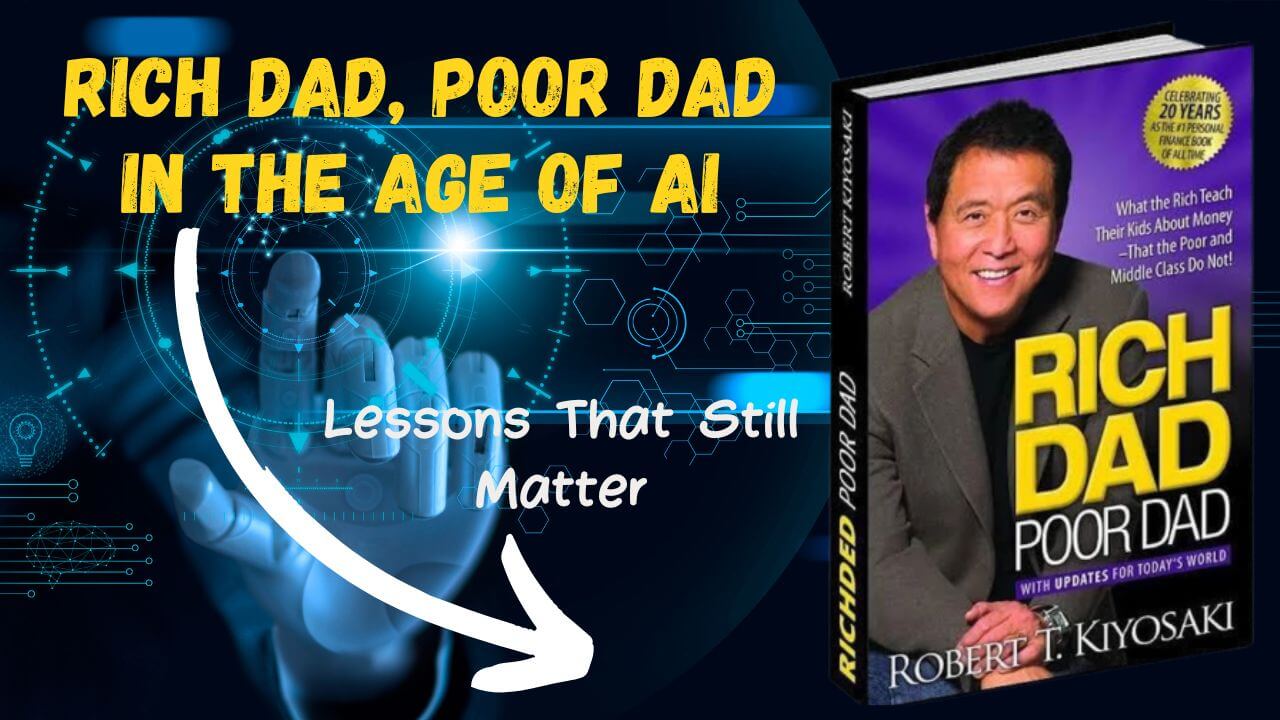And What Rich Countries Have That We Don’t
🧭 Intro: When Shame Is the Currency of Survival
My Philippines is a country where it sucks to be poor and too shameful to be rich.
Shame is the missing formula—for those who flaunt help they did not need, on timelines curated for applause, not accountability.
But seriously, why are we still so poor? So I asked AI.
🧠 The AI Answer: It’s Not Just About Money
When asked why the Philippines remains poor despite decades of development aid, overseas remittances, and natural resources, AI didn’t flinch. It listed six culprits:
- Historical extraction and colonization
- Weak institutions and corruption
- Unequal access to education and healthcare
- Vulnerability to disasters
- Political dynasties and performative governance
- Digital and economic exclusion1
But then it flipped the question:
“What do rich countries have that the Philippines doesn’t?”
🏛️ What Rich Countries Have That We Don’t
Here’s what AI—and global data—revealed:
1. Strong Institutions That Outlive Politicians
Countries like Norway and Switzerland have independent courts, transparent budgeting, and public services that don’t collapse when leadership changes.
2. Universal Access to Fast Internet and Digital Tools
Even with 99% 4G coverage, many Filipinos still lack affordable, reliable internet. Rich countries treat broadband like a public utility, not a luxury.
3. Social Safety Nets That Actually Catch People
From unemployment insurance to universal healthcare, rich nations invest in resilience. In contrast, Filipino aid often arrives late, politicized, or as photo ops.
4. Merit-Based Leadership and Accountability
In Singapore or Denmark, public officials are hired for competence, not family ties. In the Philippines, dynasties dominate, and “epal” culture thrives.
5. Inclusive Education That Builds Inventors, Not Just Workers
Countries like Finland and South Korea invest in critical thinking, creativity, and lifelong learning. Filipino students often face overcrowded classrooms and outdated materials.
6. A Culture of Long-Term Planning
Rich countries build 50-year infrastructure plans. The Philippines often builds for the next election cycle.
📉 The Cost of What We Don’t Have
- GDP per capita in Singapore (2025): $156,760
- GDP per capita in Philippines (2025): $4,9746
That’s not just a gap—it’s a canyon. And it’s not because Filipinos are lazy or less capable. It’s because the systems around them are designed to extract, not empower.
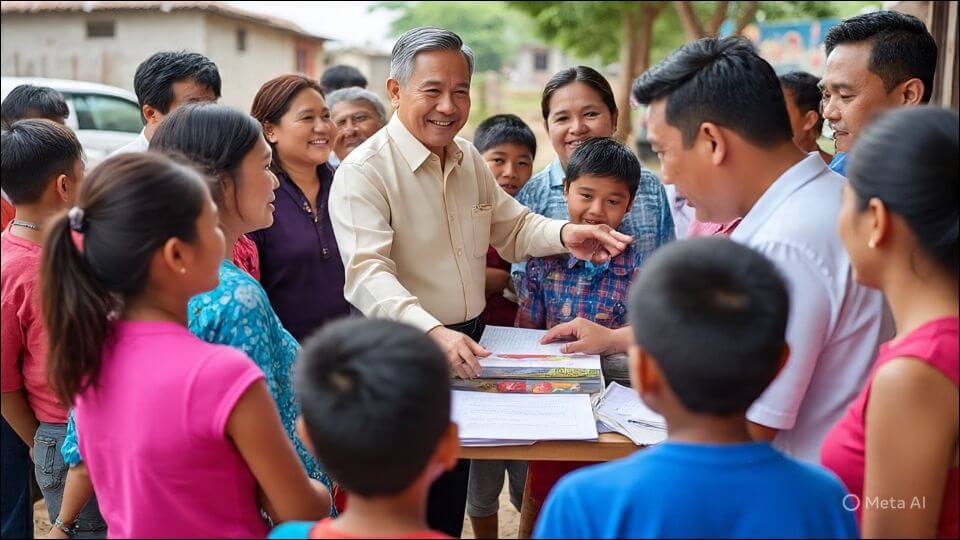
🧠 What AI Suggests We Do
- Invest in digital equity: Fast, affordable internet for all, not just malls and condos.
- Break the dynasties: Term limits, campaign finance reform, and civic education.
- Build AI tools for the poor: Not just chatbots for banks, but livelihood apps for farmers, vendors, and students.
- Archive Filipino agency: Document stories, solutions, and resistance—before they’re erased by templated tech.
- Redefine “development”: From GDP to dignity, from aid to autonomy.
💬 Final Thought: Why Live?
If we keep asking why we’re poor, we’ll keep getting answers that blame us. But if we ask what we deserve—and build toward it—we shift the frame.
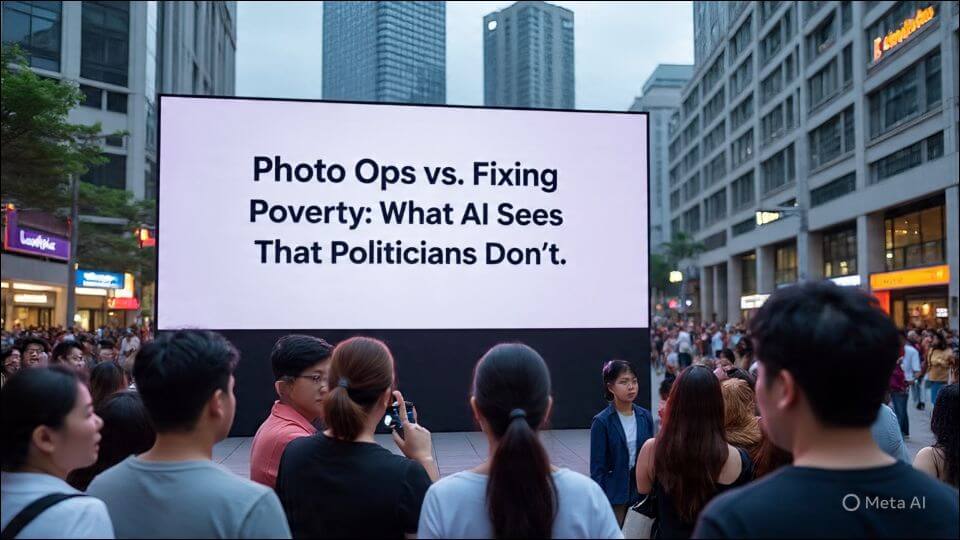
AI doesn’t fix poverty. But it can help us see the systems, challenge the defaults, and design a future that remembers us.


